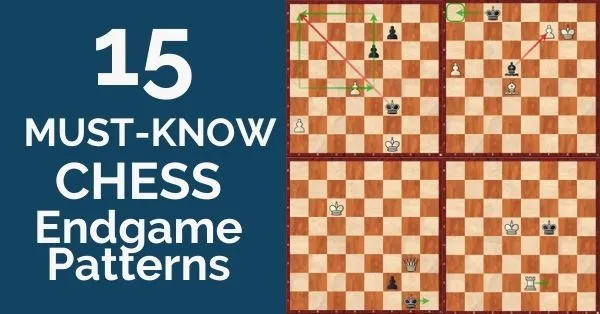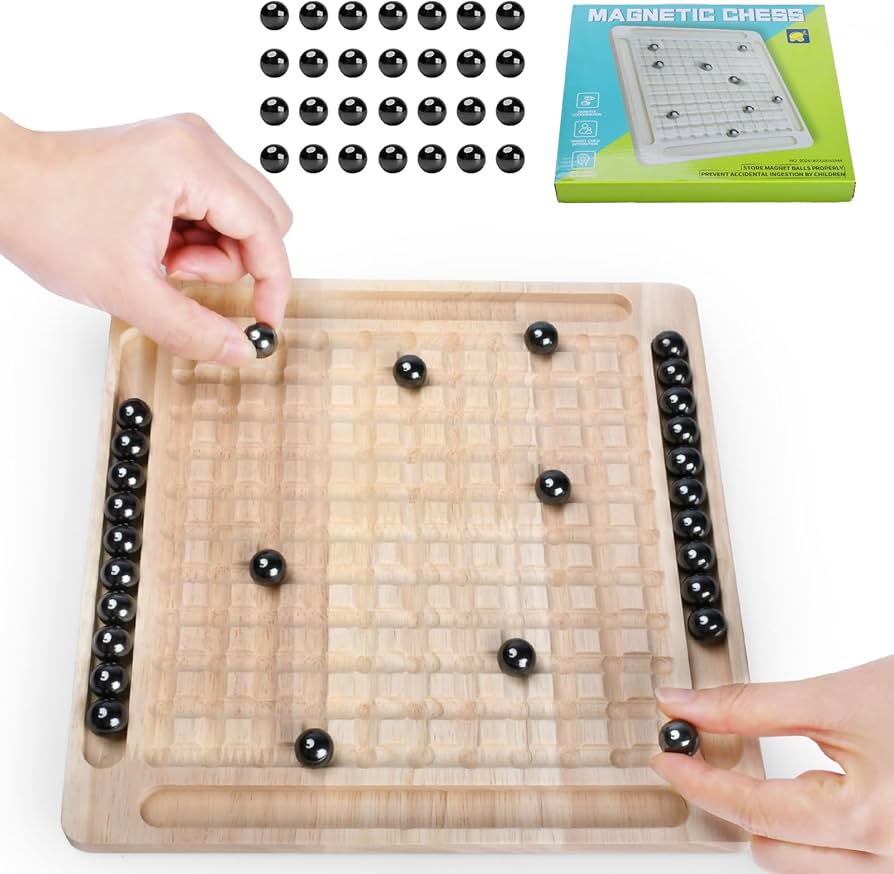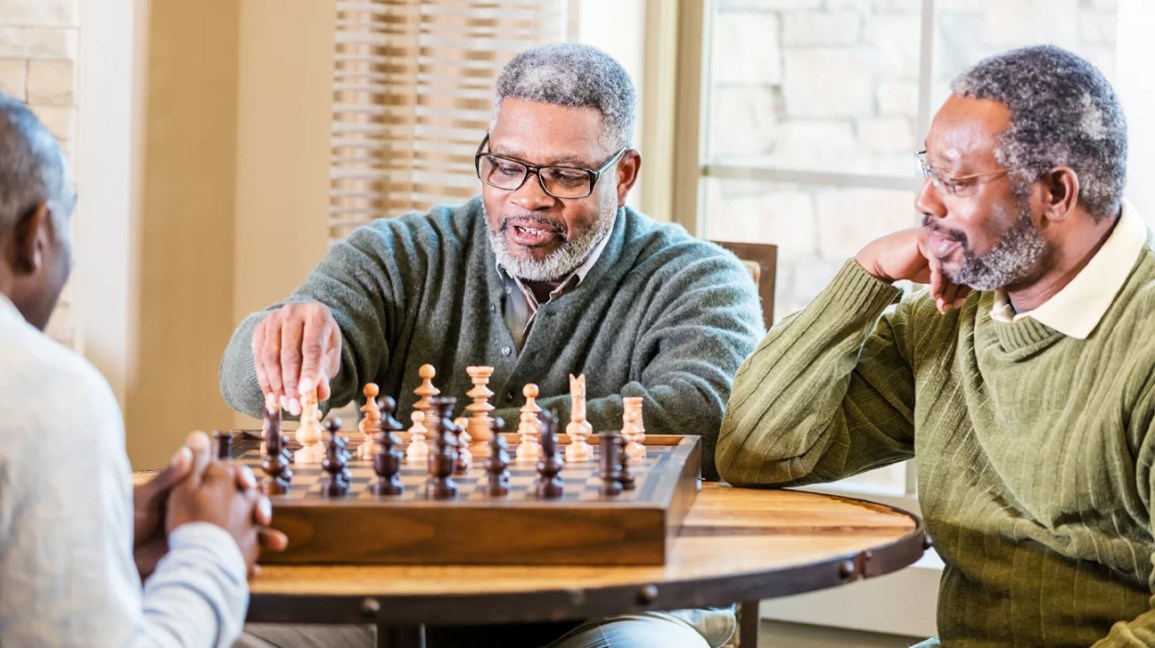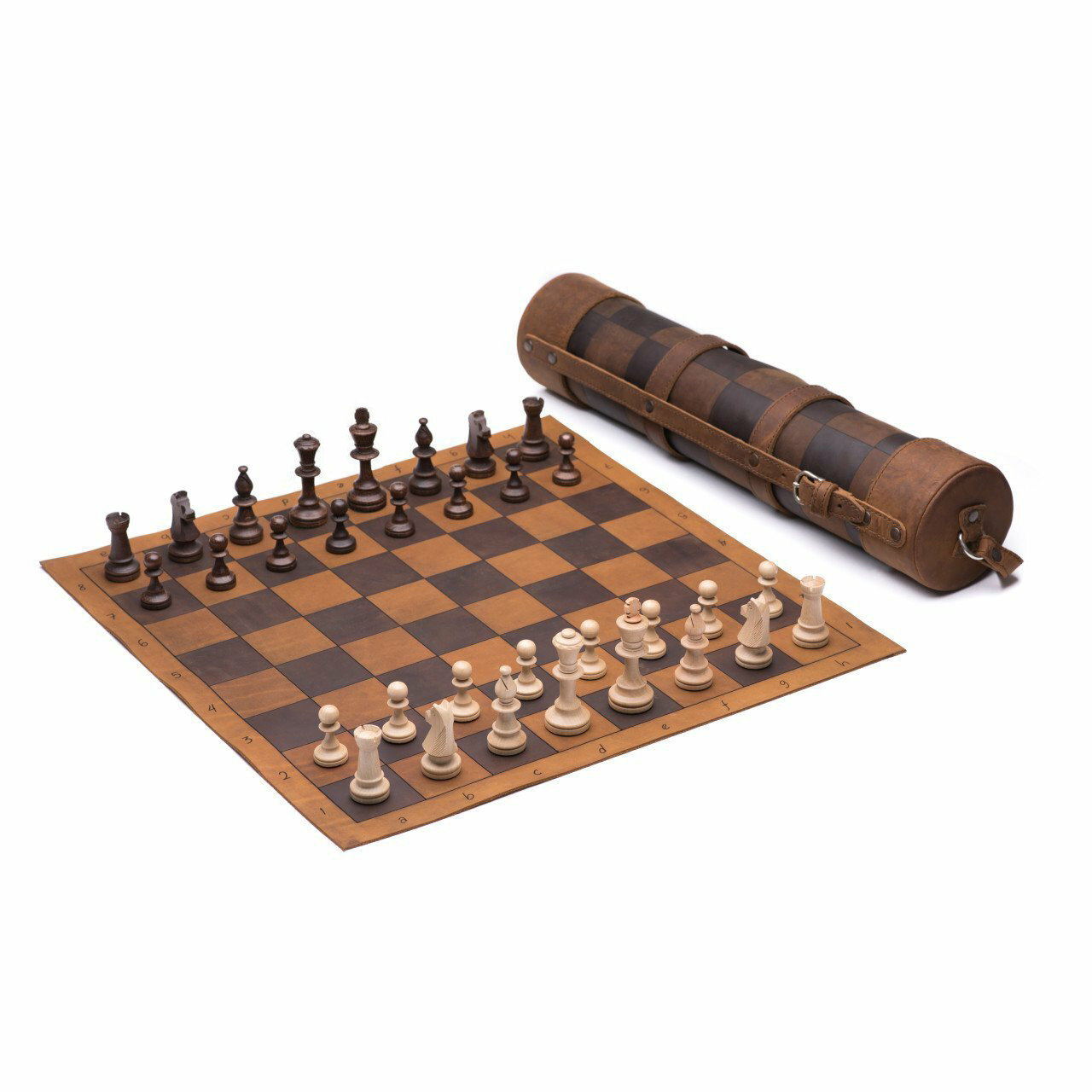Chess is a game with three parts: opening, middle, and endgame. The endgame is the last part of a chess game. This happens when there are few pieces left on the board. Understanding endgames is very important. It can help you win games.
Why are Endgames Important?
Endgames are crucial because they decide the winner. Even if you play well in the opening and middle game, you need to know endgames. You can turn a draw into a win with good endgame skills. You can also save a losing position.
Common Types of Endgames
There are many types of endgames. Some are more common than others. Here are a few:
- King and Pawn Endgames: These are the simplest endgames. They involve only kings and pawns.
- Rook Endgames: These involve rooks and kings. They are very common in chess.
- Minor Piece Endgames: These involve bishops or knights with kings.
King and Pawn Endgames
King and pawn endgames are the foundation of endgame study. They help you understand basic principles. Here are some key concepts:
Opposition
Opposition is a key idea in king and pawn endgames. It means placing your king directly in front of the opponent’s king. This forces the opponent’s king to move away. You can use this to control important squares.
| White’s King | Black’s King | Result |
|---|---|---|
| e4 | e5 | Draw |
| e4 | e6 | Win for White |
Promotion
Promotion is when a pawn reaches the last rank. It can be promoted to a queen, rook, bishop, or knight. Usually, players choose a queen because it is the strongest piece. Promotion can change the outcome of the game.
Rook Endgames
Rook endgames are very common. They involve rooks and kings. Here are some important ideas:
Rook Activity
Active rooks are very powerful. They can control many squares. Keep your rook active in the endgame. Place it on open files and ranks.
King Safety
In rook endgames, king safety is crucial. Keep your king safe from checks. Place your king near the center. It can help attack the opponent’s pawns.
Minor Piece Endgames
Minor piece endgames involve bishops or knights with kings. Here are some tips:
Bishop Endgames
Bishop endgames can be tricky. Bishops can control long diagonals. Use your bishop to control important squares. Try to exchange your pawns on the same color as your bishop.
Knight Endgames
Knight endgames are different from bishop endgames. Knights are short-range pieces. They can jump over other pieces. Place your knight in the center. It can control more squares from the center.
Basic Endgame Strategies
Here are some basic strategies for endgames:
- Centralize Your King: Move your king to the center. It can control more squares from the center.
- Activate Your Pieces: Keep your pieces active. Place them on open files and ranks.
- Exchange Pieces Wisely: Exchange pieces to simplify the position. Keep your strong pieces on the board.
- Control Key Squares: Control important squares. Use your pieces to control these squares.

Credit: thechessworld.com
Practical Tips for Endgames
Here are some practical tips to improve your endgame skills:
Practice Regularly
Practice endgames regularly. Solve endgame puzzles. Play endgame positions against the computer. This will help you understand endgame concepts better.
Study Endgame Books
Read endgame books. There are many good books on endgames. They explain important concepts and strategies.
Watch Endgame Videos
Watch endgame videos. Many chess websites have endgame videos. They show practical examples and explain key ideas.
Analyze Your Games
Analyze your games. Look at your endgames. Find your mistakes. Learn from them. This will help you improve.

Credit: www.youtube.com
Conclusion
Understanding chess endgames is important. It can help you win games. Practice regularly. Study endgame books and videos. Analyze your games. This will improve your endgame skills. Good luck!







